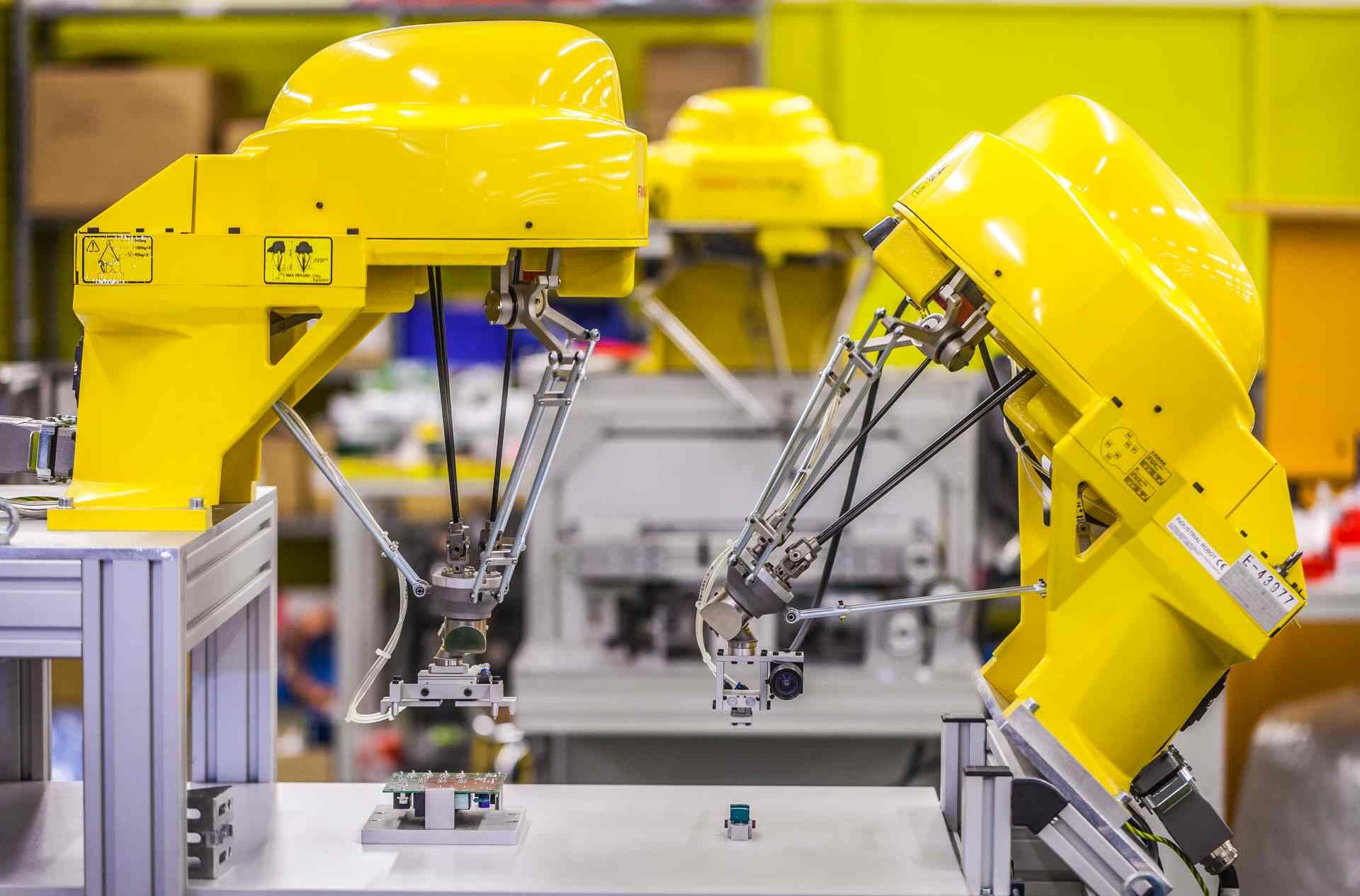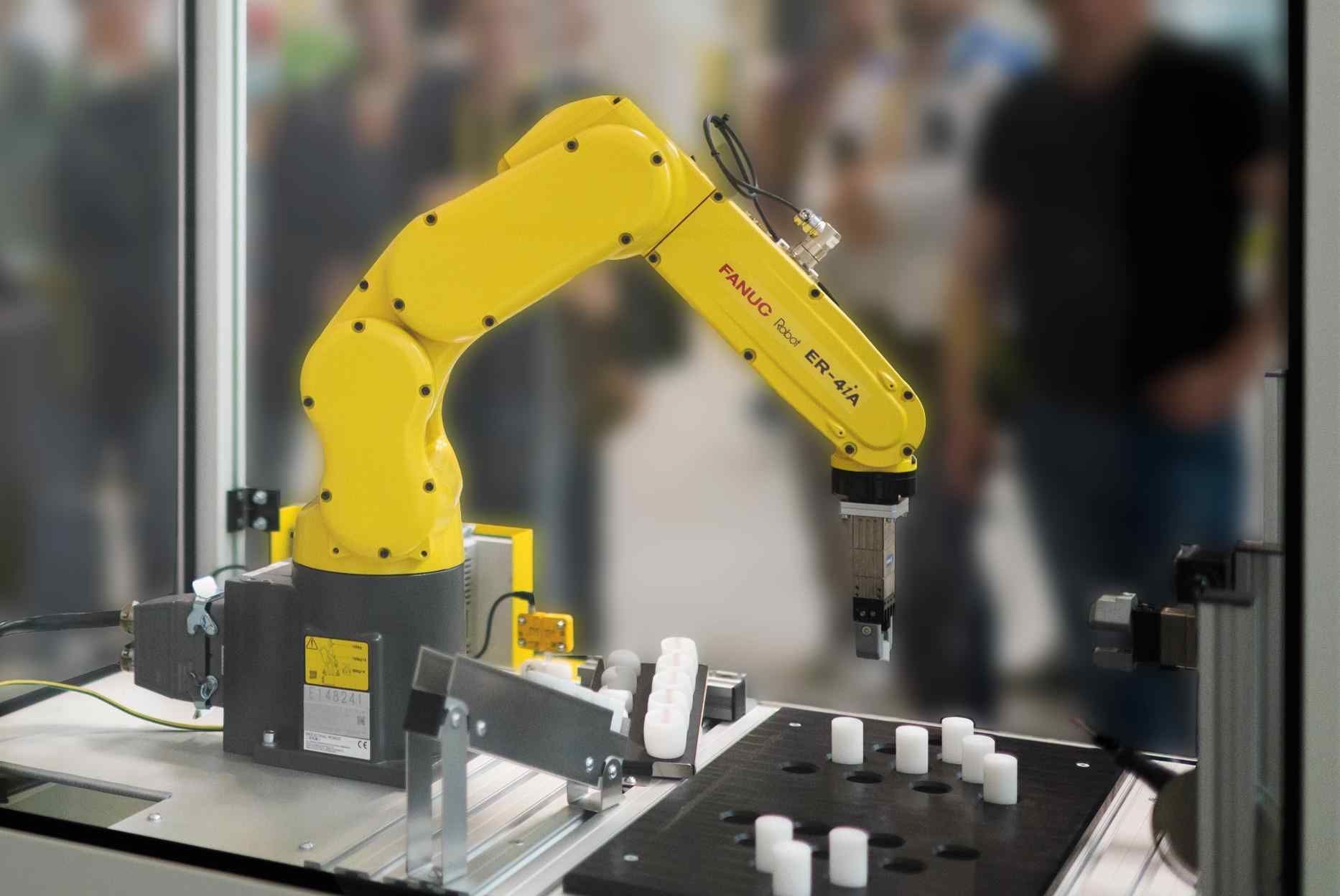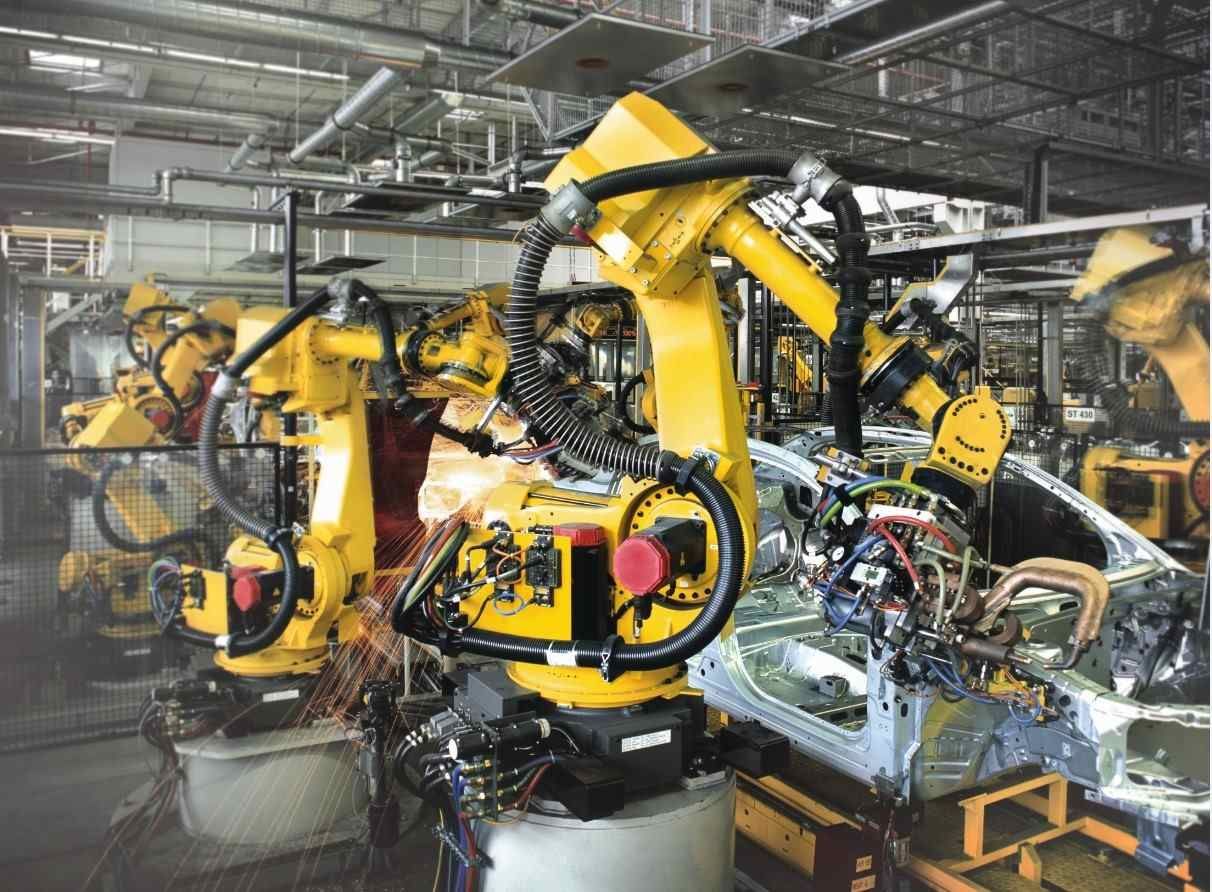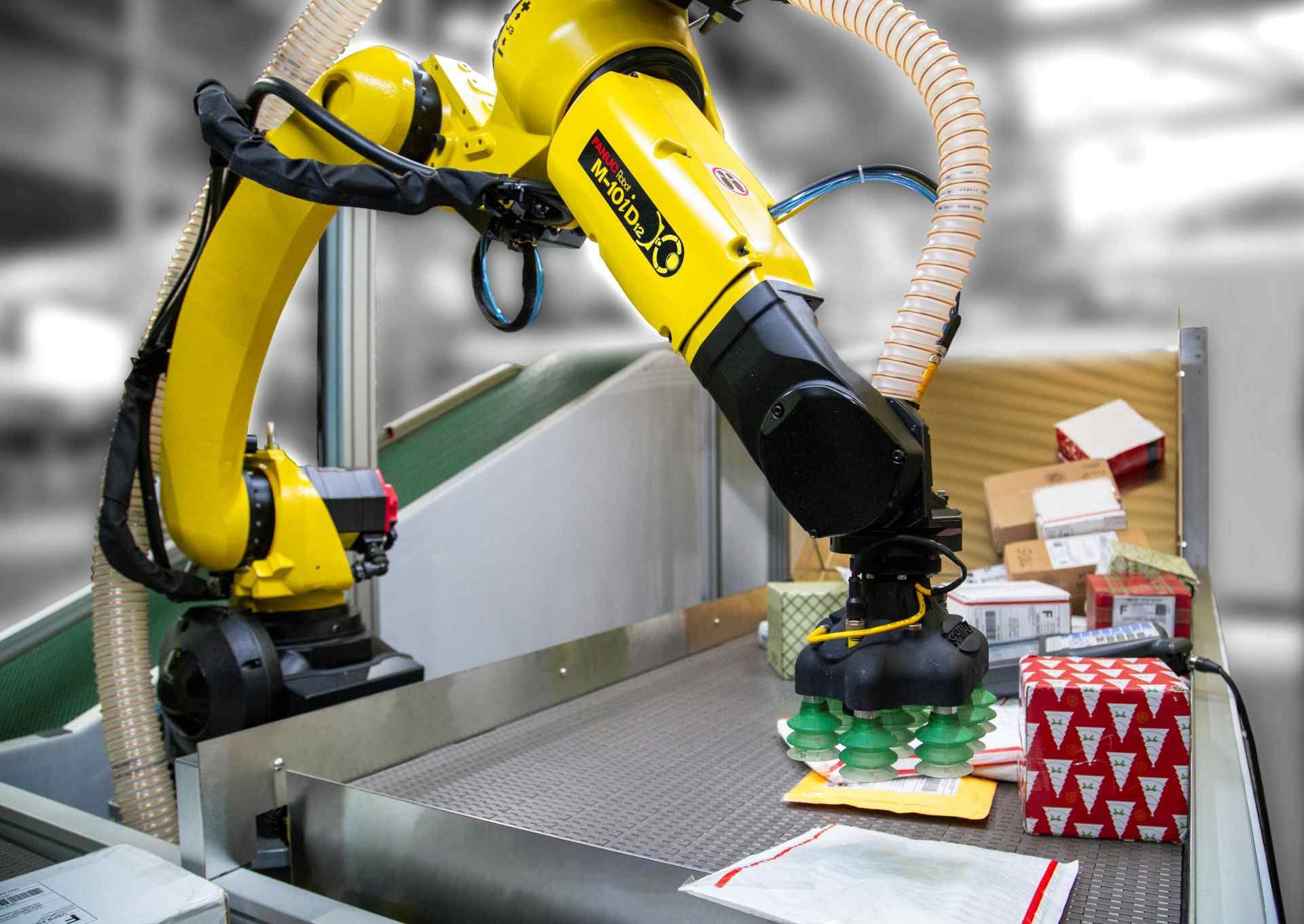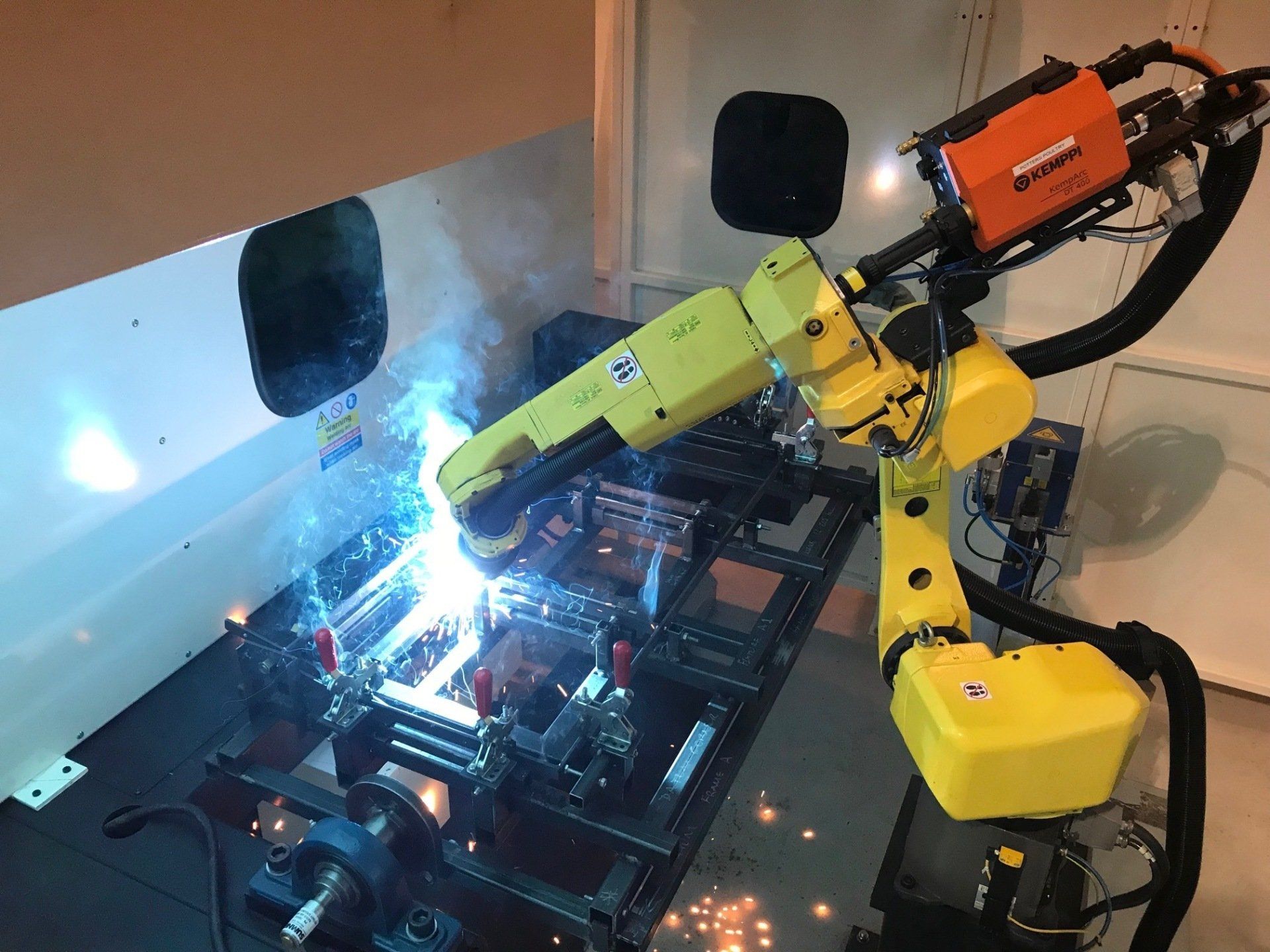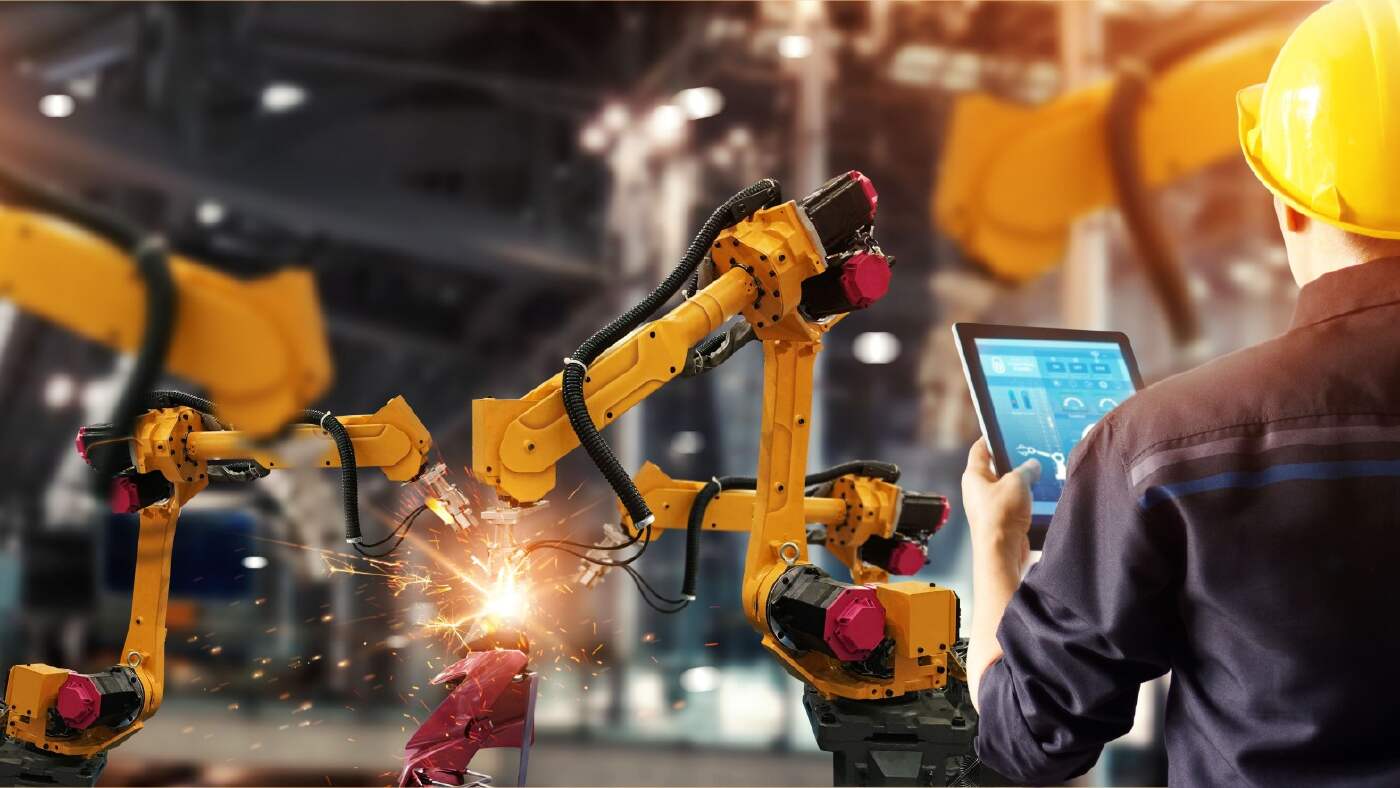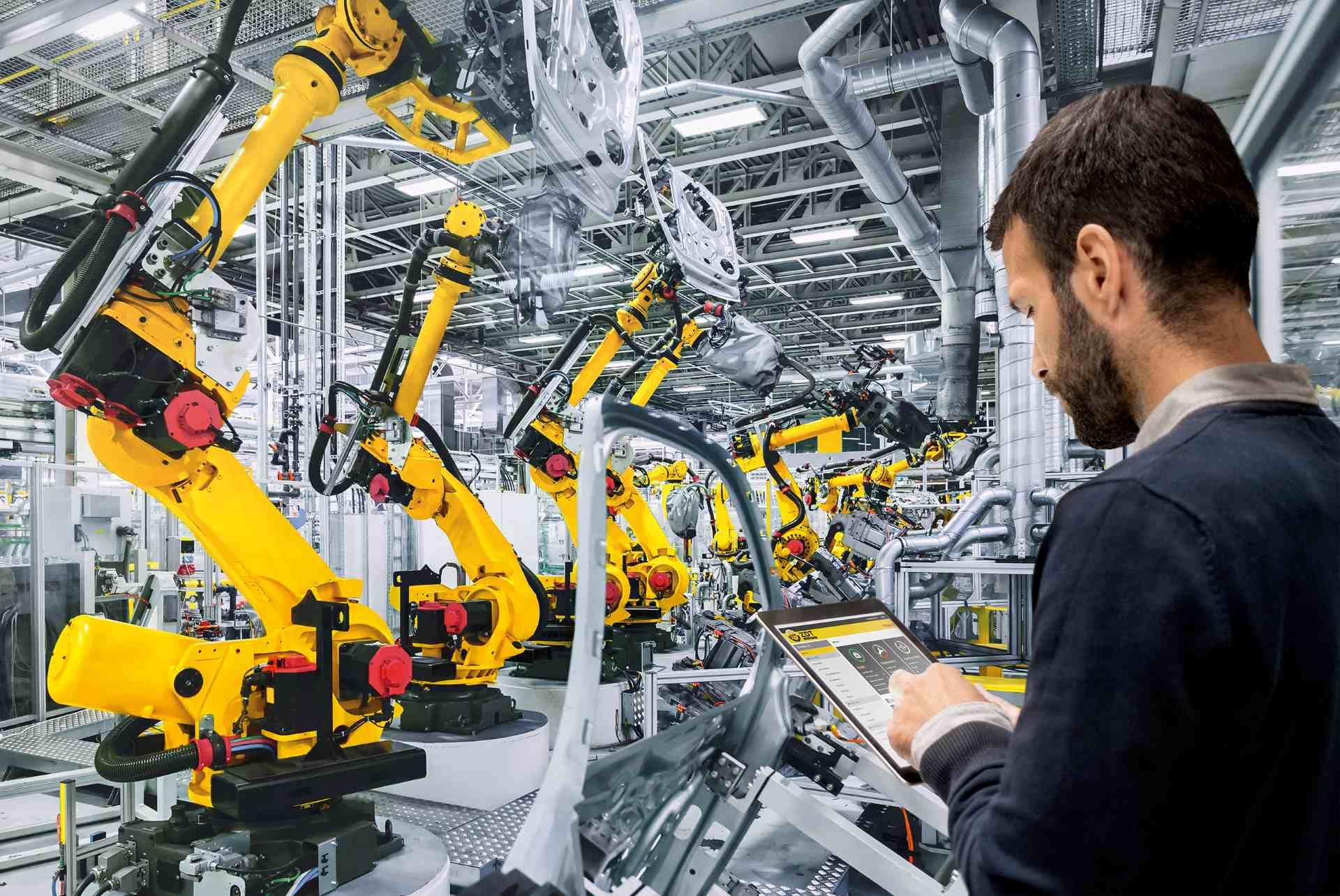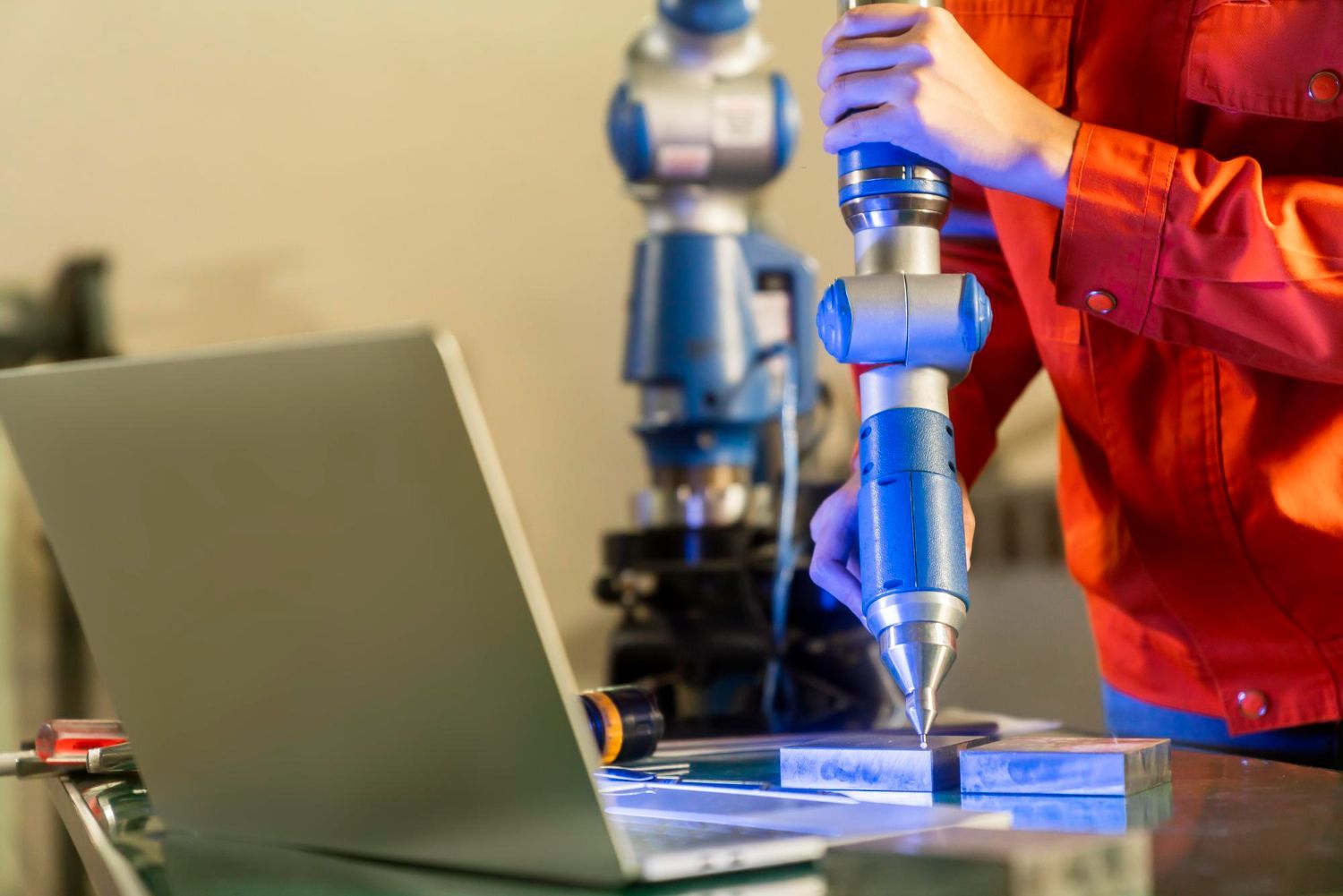How Are Robotics Used in the Automotive Industry?

For decades, robots have taken the place of manual workers on car assembly and car manufacturing lines across the world, and their importance is only growing as technology continues to improve.
From robotic welding in the automotive industry to automated painting and quality control, robots can perform an impressive array of tasks to incredibly high standards.
If you need to learn more, the team at Cyber-Weld is here to explain how car manufacturing companies use robots for precision, accuracy and efficiency in the automotive industry.
Why Are Robots Used for Car Manufacturing?
The car manufacturing industry has always been at the forefront of automation, with the first industrial robot being employed to work on the car assembly lines of General Motors in the 1960s.
Since then, the use of robots has become widespread and includes everything from welding robots in the automotive industry through to assembly, painting, and quality control robots. There are a number of reasons why they are so popular, with robots offering the following advantages over human workers:
- Improved efficiency and ability to operate 24/7
- Improved precision and accuracy
- Improved speed
- Improved safety standards
- Easy integration into assembly lines
- Cost-efficiency and savings
How Are Robots Used in Car Manufacturing?
Robots have the capacity to build an entire car from the ground up, and robots will be used at almost every stage of the manufacturing process, from design and assembly, through to quality control, testing and inspection.
The automotive industry is best known for using robots on car assembly lines, where they can be fully integrated into a wider manufacturing system. Multiple robots and robotic systems will be tasked to carry out individual tasks, leading to the assembly and manufacturing of entire vehicles.
For example, robots can be programmed to prepare materials such as sheet metal for cutting and shaping. They can assemble the parts necessary to create a functioning engine, and they can bring these respective parts together, before painting, polishing, testing, and more.
There are several different types of robots that can be integrated into a fully automated car assembly line, including robotic arms, and pick and pack robots.
Robotic Welding in the Automotive Industry
manufacturers with the ability to safely and efficiently weld car parts together on an integrated assembly line.
Welding robots commonly consist of a welding gun attached to a robotic arm, which is then programmed to perform specific welding tasks as part of the wider assembly process.
There are several types of welding which can be fully automated, including:
Key Applications of Robotics in the Automotive Industry
Robotic welding in the automotive industry is often just one element of the car manufacturing process that’s automated. Robots also have a number of other key applications, all of which can be fully integrated into a continuous assembly line in order to fully automate the entire manufacturing process.
The most popular applications of robotics in the automotive industry include:
- Assembly: Robots are designed and programmed to assemble specific car parts such as an engine, or to assemble multiple car parts, such as wheels and chassis, together.
- Material handling: Robots are used to lift and move different materials along the manufacturing line, including individual components and completed vehicles.
- Painting: Robots are used to spray paint parts and entire vehicles, as well as polishing and other similar tasks.
- Picking: Robots can be programmed to pick and place components and parts on the assembly line. This can range from picking and placing small components accurately, to picking large machine parts or sheet metal etc.
- Packaging: Robots can package completed vehicles and prepare them for shipment. They can also palletise parts and components for shipping, and ensure goods are protected for transport.
- Robotic quality control: Robots can be used for quality control, including the testing and inspection of finished vehicles before they are signed off as safe for customers.
Contact Cyber-Weld for More Information on Welding Robots in the Automotive Industry
If you’d like to know more about robotic welding in the automotive industry, our expert team of robotic engineers is ready to help.
Cyber-Weld provides a comprehensive range of robotic welding services, including an extensive array of bespoke robot welding solutions designed for the automotive industry.
Contact Cyber-Weld today to find out how we can help you.

